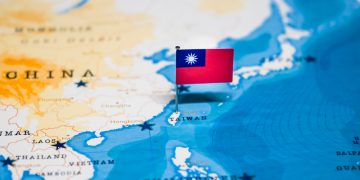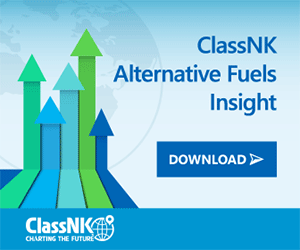In November 2020, MEPC 75 introduced EEXI and CII, marking a new era towards GHG reduction in shipping. In June 2022, MEPC 78 approved the final samples for SEEMP Part I, Part II & Part III and the methodology of calculations. Amendments to MARPOL Annex VI to incorporate these mandatory rules are expected to enter into force on 1 November 2022, with the requirements for EEXI and CII certification coming into effect from 1 January 2023.
SQE MARINE Consulting firm has issued a circular to explain how to revise the existing Ship Energy Efficiency Plan to include a Part III for Carbon Intensity Indicator (CII), calculation and rating in order to conform with the revised MARPOL Annex VI accordingly.
Energy Efficiency Existing Ship index (EEXI)
EEXI measures CO2 emissions per transport work, purely considering the ship’s design parameters. EEXI does not require any measurement or reporting of true CO2 emissions while the ship is in operation. EEXI is similar to EEDI, Energy Efficiency Design Index, which has been in force since 2013.
These indexes measure the same in practice; however, EEDI is applied to new ships while EEXI applies to existing vessels (above 400 GT falling under MARPOL Annex VI). EEXI regulation is one of the most significant measures by the IMO to promote more environmentally friendly technologies and reduce the shipping industry’s carbon footprint.
From 2023, practically all existing ships must fall below a certain limit of CO2 emissions per cargo capacity.
Complying with EEXI
The following steps should be followed by shipowners/managers in order to comply with EEXI requirements:
Step 1. Ships must at first collect all the documentation needed:
- NOx Technical Files of A/E and M/E
- Lightweight Certificate or Inclining Test Report
- Trim & Stability Booklet
- Model Test Report
- Speed test from Sea Trial Report
- EEDI Technical File (if available)
Step 2. Analyze potential measures taking into consideration the following:
- Propulsion optimizations
- Engine optimizations
- Energy efficiency technologies
- Engine Power Limitation (EPL)
- Time of installation
- Cost and payback time of improvement option
- Vessel age
- Speed Loss
Step 3. Install the potential measures.
To do that, operators must contact the engine manufacturer, who will calculate new SFoC and provide an EPL report. After that an EPL management plan will be created, and the date for installation needs will be fixed.
Step 4. Create the final EEXI Technical File, which will contain:
- EEXI calculation according to calculation guideline
- EEXI Technical file according to EEXI calculation guideline
- All documentation from improvement measure
Step 5. Request Survey from Classification Society
to review the Compliant EEXI value & EEXI Technical File, approve them and conduct an onboard survey in order to issue a new International Energy Efficiency Certificate.
Operational Carbon Intensity Indicator (CII)
Carbon Intensity Indicator (CII) is a measure of how efficiently a ship transports goods or passengers and is given in grams of CO2 emitted per cargo-carrying capacity and nautical mile. The ship is then given an annual rating ranging from A to E, whereby the rating thresholds will become increasingly stringent towards 2030. The CII applies to all cargo, RoPax and cruise ships above 5,000 GT.
Yearly CII is calculated based on reported IMO DCS data and the ship is given a rating from A to E. For ships that achieve a D rating for three consecutive years or an E rating in a single year, a corrective action plan needs to be developed as part of the SEEMP and approved.
CII requirements will take effect from 01/01/2023. An enhanced SEEMP with an implementation plan for achieving the required CII needs to be approved and kept on board.
Actions required
Ship managers and operators should be aware of the revised MARPOL Annex VI and to arrange the steps for implementation.
- Arrange with the classification society the EEXI technical file/measurements and survey for the International Energy Efficiency certificate development
- Revise the SEEMPs of their fleet to include arrangements for initial operational CII calculation and rating, on a yearly basis.
- SEEMP will be subject to company audits, based on the guidelines issued by IMO relevant workshop
CLICK HERE TO READ MORE FROM SQEMARINE




































































